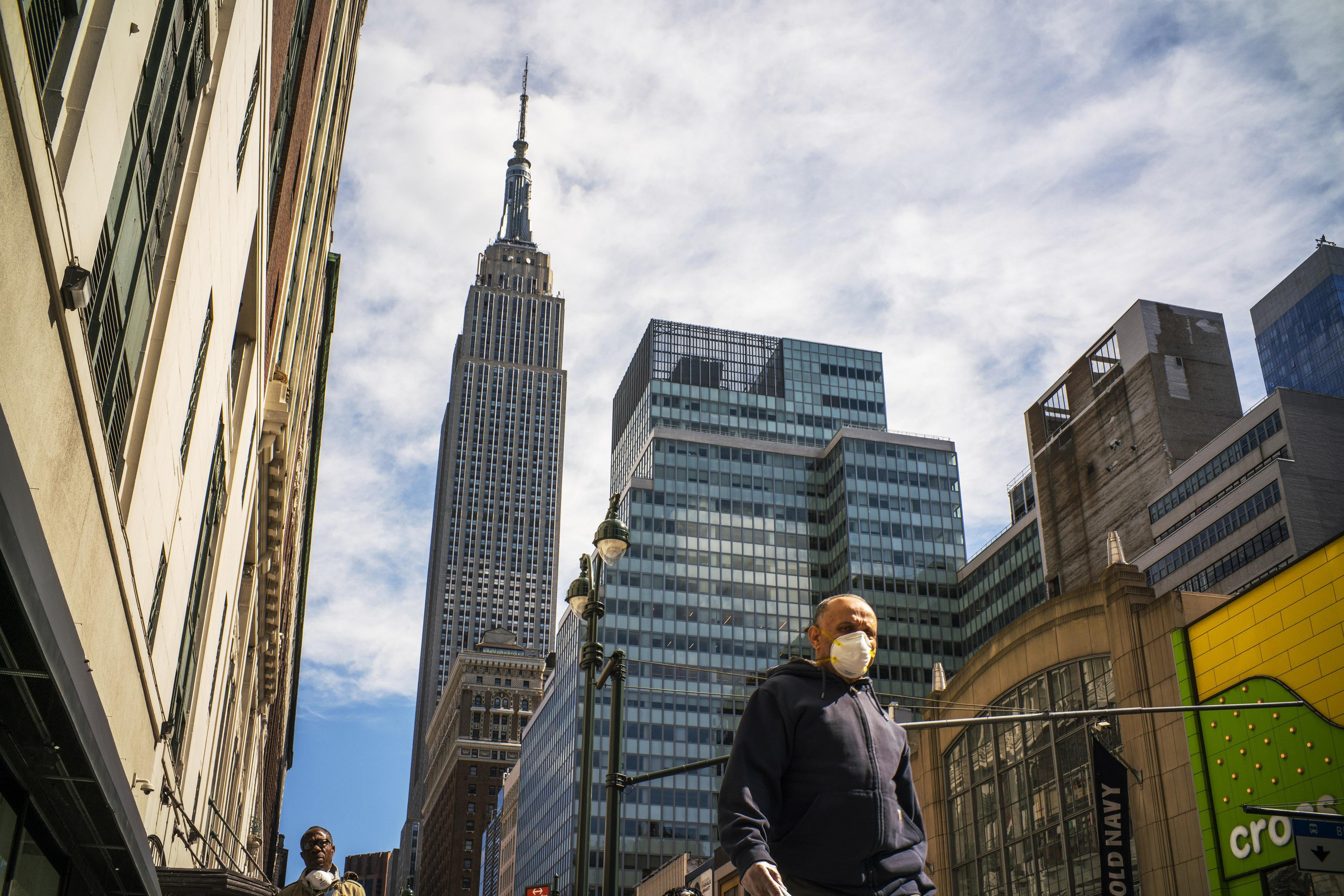Is the pandemic-era crime wave the most serious issue facing American cities, or a media-driven distraction that threatens to quash important social reforms? Some version of that question has been haunting the metropolis since the summer of 2020. The answer is complicated by divergent and incomplete data, entrenched political positions, and crime-happy media coverage.
Untangling reality from perception, in the case of the current spate of lawbreaking, is hard because the data has sent mixed signals. For example: Is shoplifting really eating cities alive? Probably not. Are cities more dangerous? Murders in major cities rose in 2020 and 2021— setting all-time records in cities as varied as Portland, Oregon and Philadelphia—but rapes, robberies, and property crimes all decreased in 2020, and preliminary statistics from 2021 don’t show a clear trend.
President Joe Biden, at least, is taking this state of affairs seriously enough to have addressed it in his State of the Union speech last Tuesday, right between Covid-19 and the Supreme Court. He outlined three pillars of just and responsible policing—“protect our communities, restore trust, and hold law enforcement accountable”—and pled: “Let’s not abandon our streets.”
Biden’s SOTU crime talk was partly a defensive play, meant to counter the incessant Republican attack lines about “defunding the police” that have dominated Facebook and Fox News since the summer of 2020—though in reality, few Democrats wanted to do that, and fewer still acted on the slogan. But it was also an attempt to address a sense in Biden’s own party that crime is a subject of greater public concern than it has been in years. More than 70 percent of Americans are “somewhat” or “very” dissatisfied with the nation’s policies to reduce or control crime, according to Gallup, a number up more than 20 points since 2019, and the highest in two decades of polling on this question. No issue ranks higher as a “major problem” among Democrats than gun violence.
A new working paper from a pair of economists who study crime may square the circle. Total crime numbers went down in 2020, the paper argues, but the odds of being a victim went up. “We wanted to understand what it meant to have overall crime be down, in a context of overall reduced activity,” explained Maxim Massenkoff, an assistant professor at the Naval Postgraduate School in San Francisco, and one of the authors.
That might sound intuitive, for a period where normal life was severely disrupted. Similar trends have been reported on highways, where traffic fell but fatalities per mile traveled rose, and on the New York City subway, where overall crime fell but crime per rider rose.
But it’s harder to adjust the denominator when you’re addressing something as large as the presence of people in public space. Massenkoff and Aaron Chalfin, an assistant professor of criminology at the University of Pennsylvania, found a handful of sources that approximate our diminished use of city space in 2020. Those include cell phone GPS pings, geographic data from Apple, Facebook, and Google, and self-reported information from the US government’s American Time Use Survey.
Each of these metrics basically reports the same thing: A huge and prolonged decrease in the total number of hours people spent out and about in the American city. This decline peaked in April 2020, but urbanites stayed sedentary throughout the year, relative to 2019.
For crime data, the duo used statistics from New York, Los Angeles, and Chicago, which enabled them to sort for violent crime that occurred in public—a category that included streets, parks, alleyways, commercial establishments, and offices.
The results: From March to December, 2020, public violence in the three cities was 19 percent lower than it had been in 2019. But when put into the context of how little Americans left the house that year, that data takes on a different significance. In April, for example, violent street crime fell by 30 percent—but the risk of being a victim of such a crime rose by almost 40 percent. A similar pattern held for the whole year: Even as street crime fell, the risk of being a victim of a crime rose between 15 and 30 percent over the previous year, depending on which measure of “outdoor activity” was used. In short, if you spent time in public, you were more likely to be robbed or assaulted in public in 2020 than in 2019.
For what it’s worth, that risk remained very, very small: 12 violent crimes per million outdoor hours, or more than 80,000 safely-spent outdoor hours for each violent crime.
By suggesting what happened in 2020, the paper lets us think through why it might have happened. And that, in turn, can help us think about how to best address or prioritize public safety in 2022—since we only have statistical clarity on stuff that happened in the past.
You might think police would have found it easier to maintain order in a more sparsely populated city with fewer perpetrators to go after—law enforcement’s numbers, obviously, did not change. Were the people who committed the crimes less likely to stay home? Did police take a hands-off approach during the peak of the pandemic, and after the racial justice protests that summer? Or did empty public spaces simply become more dangerous, with fewer bystanders to enforce the mores of civic conduct?
That last idea was the theory of Jane Jacobs, the writer who, in her 1961 book The Death and Life of Great American Cities, proposed that the difference between order and disorder was not law enforcement but the watchful presence of neighbors: “There must be eyes upon the street, eyes belonging to those we might call the natural proprietors of the street.”
She did not mean surveillance by self-appointed sheriffs or doorbell cameras, though some Americans seem determined to take her idea in that direction. It was simply that crowded places were safe places. During the pandemic, we had fewer of the former—and it looks like fewer of the latter, as well.
